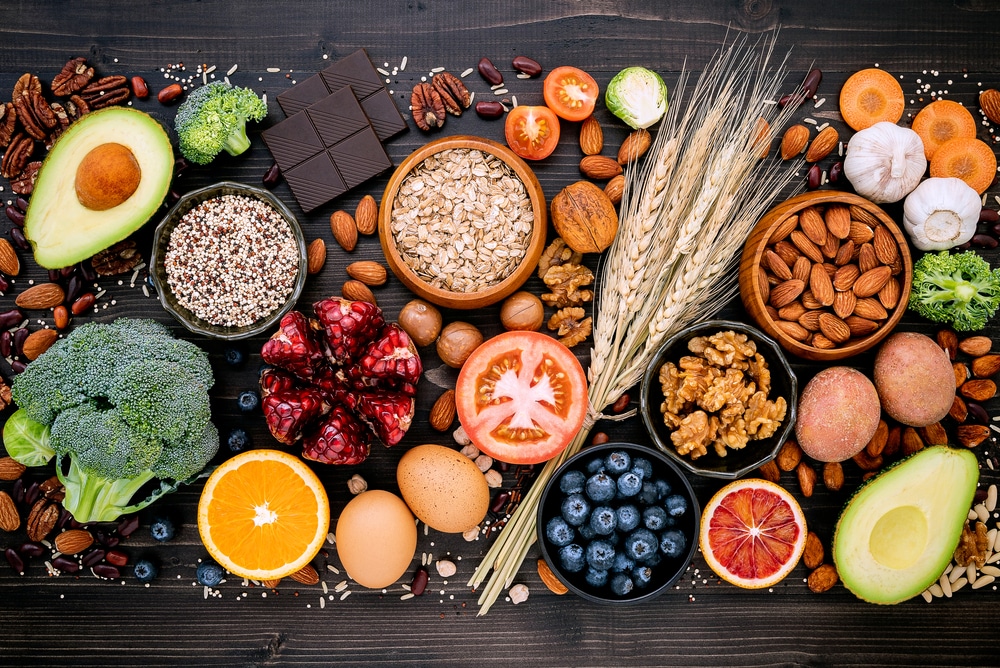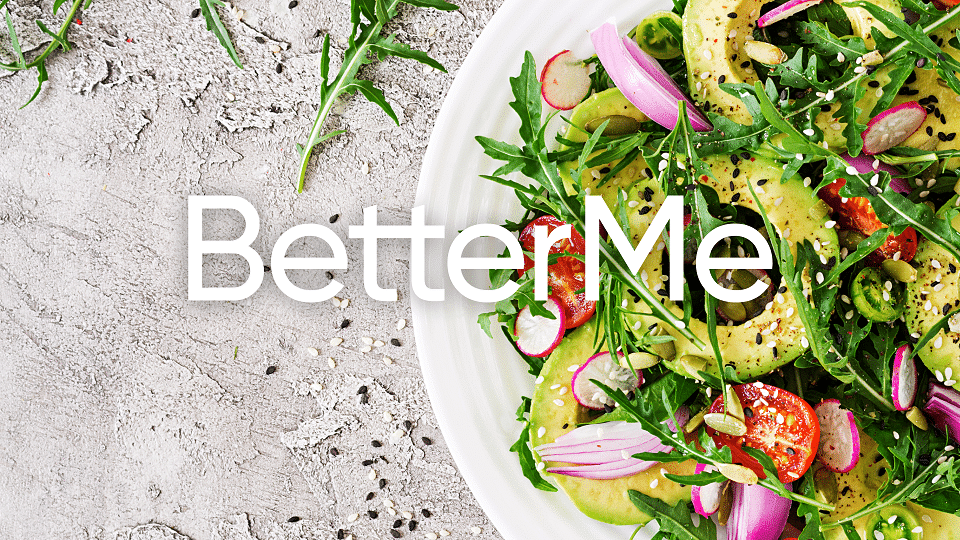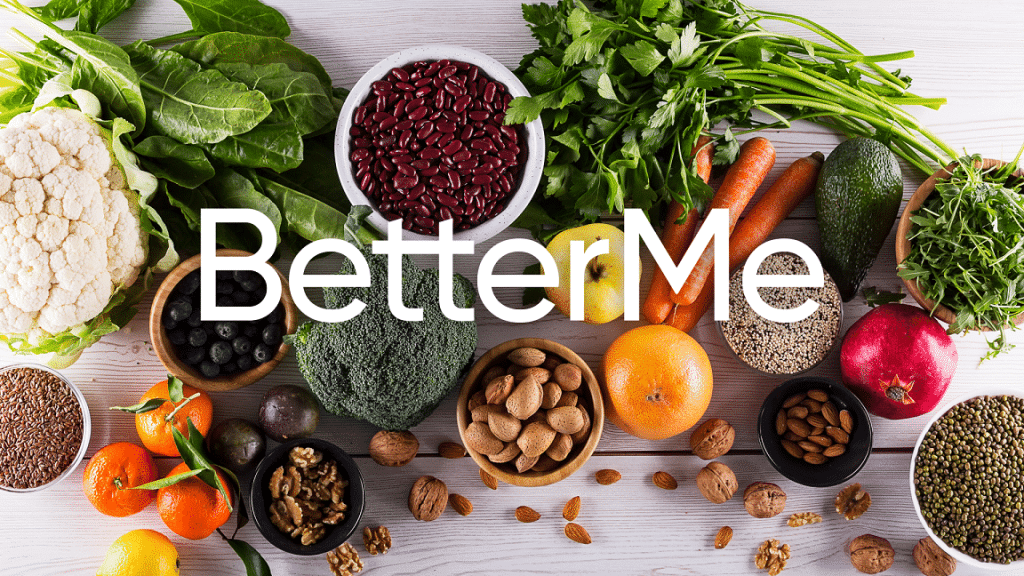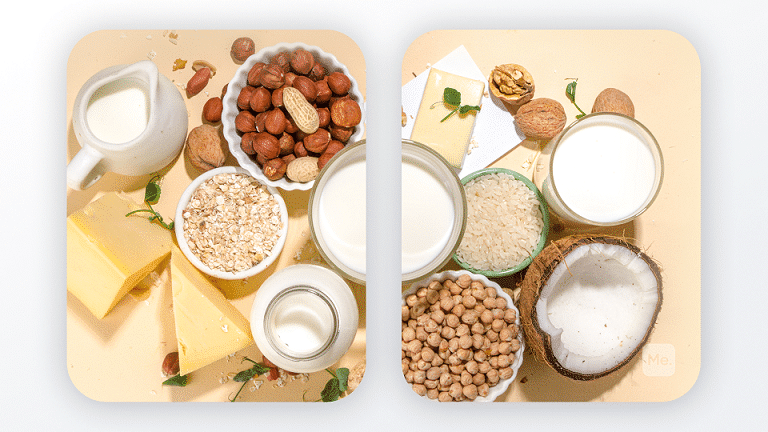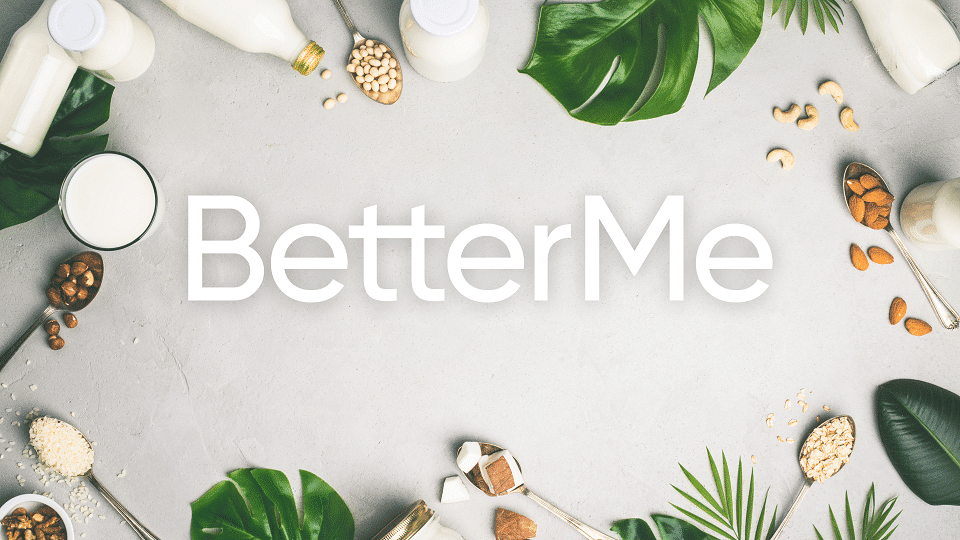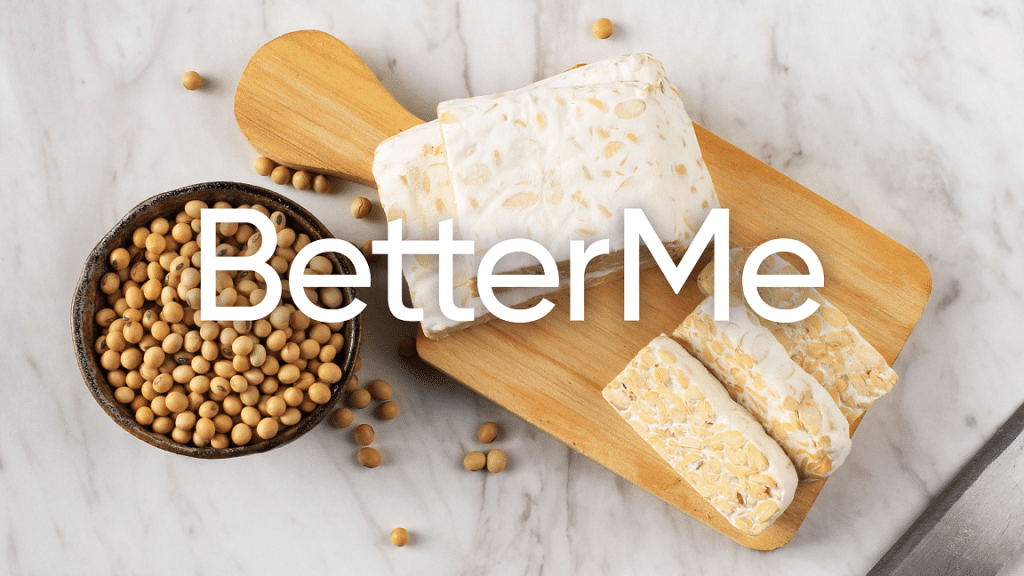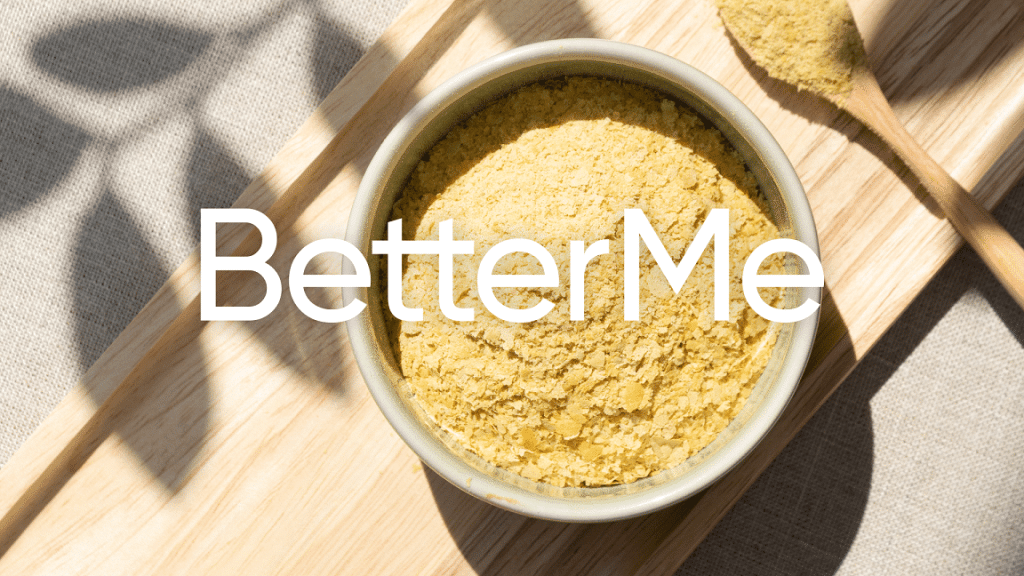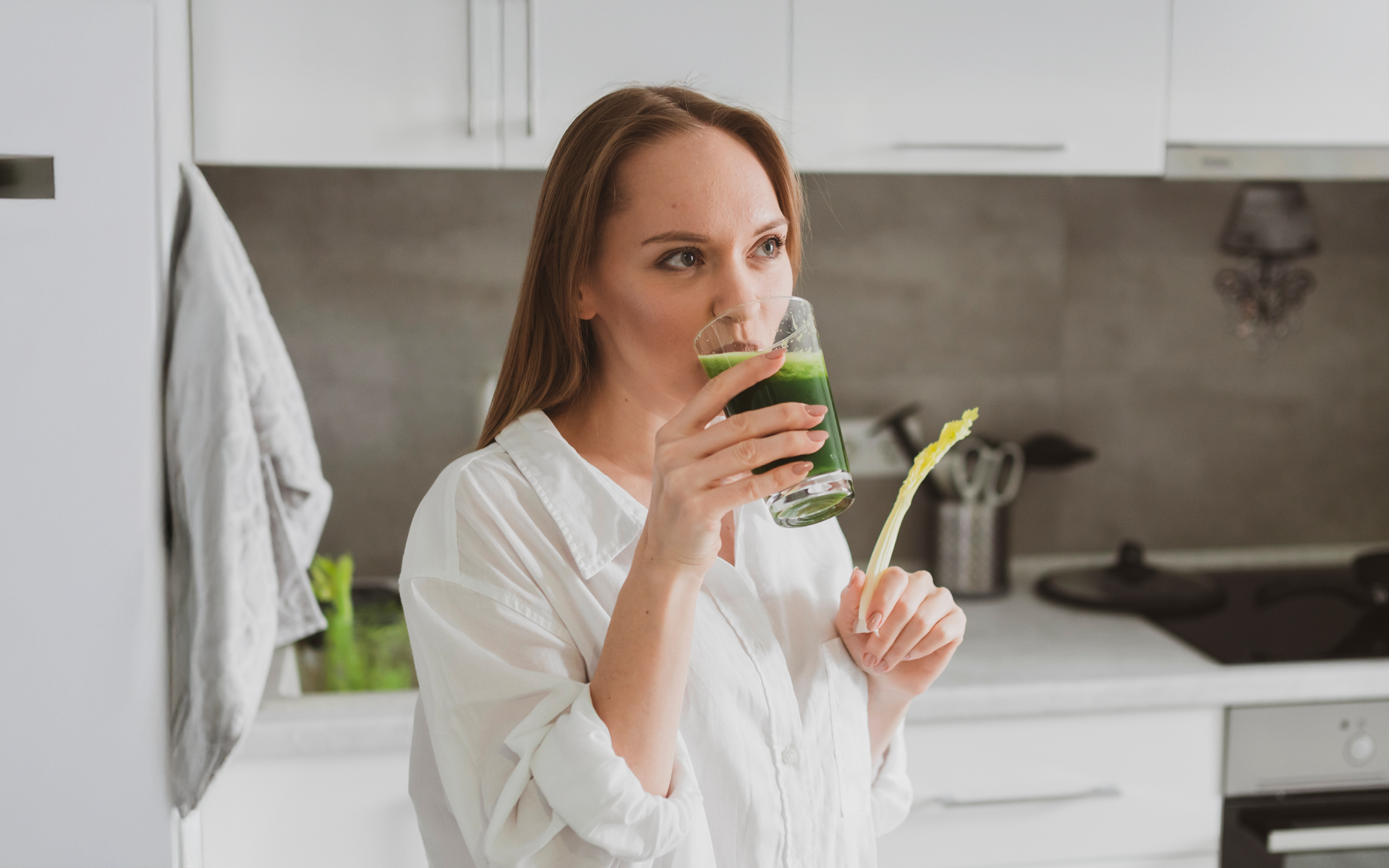The human gut is a complex ecosystem of trillions of living microorganisms. The number and types of these microbes in the gut have been shown to change dramatically from one person to another, depending on factors such as diet, lifestyle, and geographical location. In recent decades, scientists have found that an unhealthy microbiome can contribute to many chronic diseases like diabetes or obesity. One way to maintain or improve your gut health is by increasing the amount of fiber you eat every day. Unfortunately, it can be hard to figure out how to get more fiber. To make your work easier, here are the eight ways to make sure you are getting more fiber each day.
Get your personalized
meal plan!
How Much Fiber Do You Need?
A person should consume 14g of fiber for every 1000 calories they eat each day (9).
For example, a person who eats 2000 calories per day should be getting 28g of fiber per day. Many of us aren’t getting near that amount.
The best way to get your daily intake is to focus on filling your plate with foods that are high in soluble and insoluble fiber.
There’s an important difference between these two types of fiber, as explained below (14):
- Soluble Fiber. This type of fiber dissolves in water, so it is generally found in nutritious foods. It combines with water in the digestive tract to form a gel-like substance, slowing down digestion and potentially making the stool softer and easier to pass. It slows the absorption of sugar and cholesterol so they don’t enter the bloodstream too quickly, which can help control blood sugar levels.
- Insoluble Fiber. This type of fiber does not dissolve in water. Foods that are high in insoluble fiber also have fewer calories because your body burns more calories while digesting them than if they were lower-calorie foods. Insoluble fiber adds bulk to the stool and stimulates movement through the GI tract.
Read More: High Fiber Foods For Weight Loss: 9 Things You Should Eat While Trying To Lose Weight
What Are Some Good Fiber Sources?
High-fiber sources are some of the best foods for weight loss.
Below are some of the options you should have on your menu if you’re looking to shed a few pounds.
- Soluble Fibre. Legumes, nuts, seeds, some vegetables and fruits (apples, oranges, blueberries), oats, and barley.
- Insoluble Fibre. Whole wheat bread and cereals (look for “whole grain” or “100%” on the package), brown rice, zucchini, leafy greens, and potatoes with skin on.
What Are The Benefits of Getting More Fiber In Your Diet?
A high-fiber diet has the following benefits:
Normalizes Bowel Movements
Having ≥25g of dietary fiber per day can help transition your bowel movements into a healthy, regular pattern (11). You’d also need to take more water to reap the full benefits of a high-fiber diet.
Helps Maintain Gut Health
Studies suggest that an increased intake of fiber may lower your risk of developing certain kinds of cancer (4). The reason for this is that fiber helps you maintain gut health by discouraging abnormal cell proliferation in your colon. Furthermore, it feeds the gut bacteria, which can help suppress inflammation (8).
Lowers Cholesterol Levels
A high intake of soluble fiber has been shown to reduce LDL cholesterol levels in the body by up to 5-8%. This is because dietary fiber decreases the absorption of cholesterol into the bloodstream (1).
Helps Control Blood Sugar
Fiber plays an important role in stabilizing blood sugar levels and preventing insulin resistance. This property also helps prevent diabetes and cardiovascular diseases (6).
Aids In Achieving Healthy Weight
Research studies have shown that increasing dietary fiber increases satiety, which results in improved weight loss efforts (3).
BetterMe app is a foolproof way to go from zero to a weight loss hero in a safe and sustainable way! What are you waiting for? Start transforming your body now!
How To Get More Fiber In Your Diet?
Knowing a good source of fiber isn’t enough; you have to figure out how to incorporate it in your meals without going overboard or sacrificing the meals you love and feeling deprived.
Follow The Five-A-Day Recommendation
The five-a-day recommendation by the USDA’s Dietary Guidelines for Americans consists of a minimum of three servings of vegetables and two servings of fruit every day (5). But, what does this look like?
Generally, a serving is:
- A single piece of fruit
- One cup of raw fruits or vegetables or half a cup cooked
- 2 cups of raw leafy greens
Many people struggle to achieve the five-a-day recommendation, but it can be done easily by including fruits, vegetables, or broth with every meal. For instance, a well-known example of a meal that meets the five-a-day recommendation without much effort is a grilled chicken salad with vegetables.
Replace Refined Grains With Whole Grains
Every day, Americans eat more refined grains than whole grains (7). The main difference between whole and refined grains is that whole grains retain their outer layer, or bran, during processing (13). Because the fiber content in this layer is considered effective for lowering blood cholesterol levels and improving gut health, it plays an integral role in helping you reach your recommended daily intake.
The benefits don’t stop there. Fiber can help prevent insulin resistance by slowing down digestion, lessening spikes in blood sugar after eating sugary foods, and preventing constipation (11).
When it comes to getting enough fiber, many refined grains such as white bread and bagels provide little to no benefits. If you want to enjoy the amazing health benefits of fiber, make sure at least half of your grains are whole grains, including oats, brown rice, and quinoa.
Check Nutrition Fact Labels For The Amount Of Dietary Fiber
Even if you don’t know what’s on the nutrition label, there is a good chance that it contains more than just calories and nutrients. Most foods also list their dietary fiber content! A food is considered high in fiber if it has four grams or more per serving.
Snack On Fruits, Nuts, And Seeds
Snacking can be an opportunity to get more fiber in your diet (10). Considering that most Americans do not get enough dietary fiber, you can be sure that when it comes to snacking, fruits and seeds are great options.
Fruits like apples, oranges, and bananas; nuts like almonds, cashews, and walnuts; seeds like chia seeds or flaxseeds all contain between four to eight grams of fiber per serving.
Read More: Too Much Fiber In Diet? Here Is What You Need To Know To Get Rid Of The Discomfort
Bake With High-Fiber Flours
Many popular baked goods contain high amounts of refined grains. While these products taste great, they fail to give the digestive tract the boost it needs. However, some great alternatives will provide your body with long-lasting energy while also increasing its intake of dietary fiber.
For instance, whole wheat flour contains nearly three times the amount of dietary fiber when compared to all-purpose flour. Similarly, oats and quinoa can add an extra dose of protein and fiber to your next batch of cookies or brownies.
Eat More Legumes
Legumes are packed with both soluble and insoluble dietary fiber (12). They’re also an excellent source of protein, iron, and B vitamins, making them an ideal addition to any meal.
Serve More Veggies, And Eat Them First
Most people eat vegetables as a side dish, but they really should be the star of your plate.
To get more fiber in your diet, include one or two servings of veggies with every meal. This will help you reach your daily recommendation without having to worry about feeling hungry throughout the day.
Always start your meal by eating the vegetables, and then follow with the starches and proteins. This way, you get to fill up on the food with the least calories and only eat more if you’re still not satiated.
Leave Skin On Fruits And Vegetables
Skin can be incredibly nutrient-dense, despite its aesthetics (2). Most fruits and vegetables found in the produce aisle boast high levels of dietary fiber, making it important not to peel them before cooking or eating.
By choosing foods like apples with their skin on, you will reap the benefits that come along with their fiber content without sacrificing flavor or texture.
Intense sweat sessions, working weight loss tips, lip-smacking recipes come in one package with the BetterMe app. And all of it is at your fingertips, start transforming your life now!
Replace Low-Fiber Foods With Fiber-Rich Alternatives
You don’t have to sacrifice specific foods you love to get more fiber.
Here are some swaps you can make to enjoy better health without sacrificing the taste:
- Swap white bread for wholegrain/wholemeal bread
- Swap white pasta for wholegrain/wholemeal pasta
- Swap potato chips for popcorn
- Swap sugary snacks for fruits, nuts, and seeds
- Swap mayonnaise for avocado
- Swap cheese for hummus
- Swap butter for avocado or olive oil
The Bottom Line
Research shows that the average person should be getting at least 25-38 grams of dietary fiber per day. The truth is, most people do not get even half that! There are many benefits to adding more fiber to your diet, including helping maintain gut health and lowering cholesterol levels. If you’re looking for a quick way to add more dietary fiber to your diet, the tips in this article can help you do so.
DISCLAIMER:
This article is intended for general informational purposes only and does not address individual circumstances. It is not a substitute for professional advice or help and should not be relied on to make decisions of any kind. Any action you take upon the information presented in this article is strictly at your own risk and responsibility!
SOURCES:
- Cholesterol-lowering effects of dietary fiber: a meta-analysis (1999, academic.oup.com)
- Database and Quick Methods of Assessing Typical Dietary Fiber Intakes using data for 228 Commonly Consumed Foods (1997, jandonline.org)
- Dietary fibre and satiety (2007, onlinelibrary.wiley.com)
- Dietary fibre and the prevention of chronic disease – should health professionals be doing more to raise awareness? (2016, onlinelibrary.wiley.com)
- Dietary Guidelines for Americans 2020 – 2025 (2020, dietaryguidelines.gov)
- Effects of Dietary Fiber and Carbohydrate on Glucose and Lipoprotein Metabolism in Diabetic Patients (1991, care.diabetesjournals.org)
- Grains (n.d., myplate.gov)
- Interplay Between Fiber and the Intestinal Microbiome in the Inflammatory Response (2013, academic.oup.com)
- Most Americans are not getting enough fiber in our diets (2021, nutrition.org)
- Snacking in nutrition and health (2019, tandfonline.com)
- The Health Benefits of Dietary Fibre (2020, ncbi.nlm.nih.gov)
- The Role of Legumes in Human Nutrition (2018, intechopen.com)
- Whole Grains | The Nutrition Source | Harvard TH Chan School of Public Health (n.d., hsph.harvard.edu)
- “Dietary fibre”: moving beyond the “soluble/insoluble” classification for monogastric nutrition, with an emphasis on humans and pigs (2019, jasbsci.biomedcentral.com)
